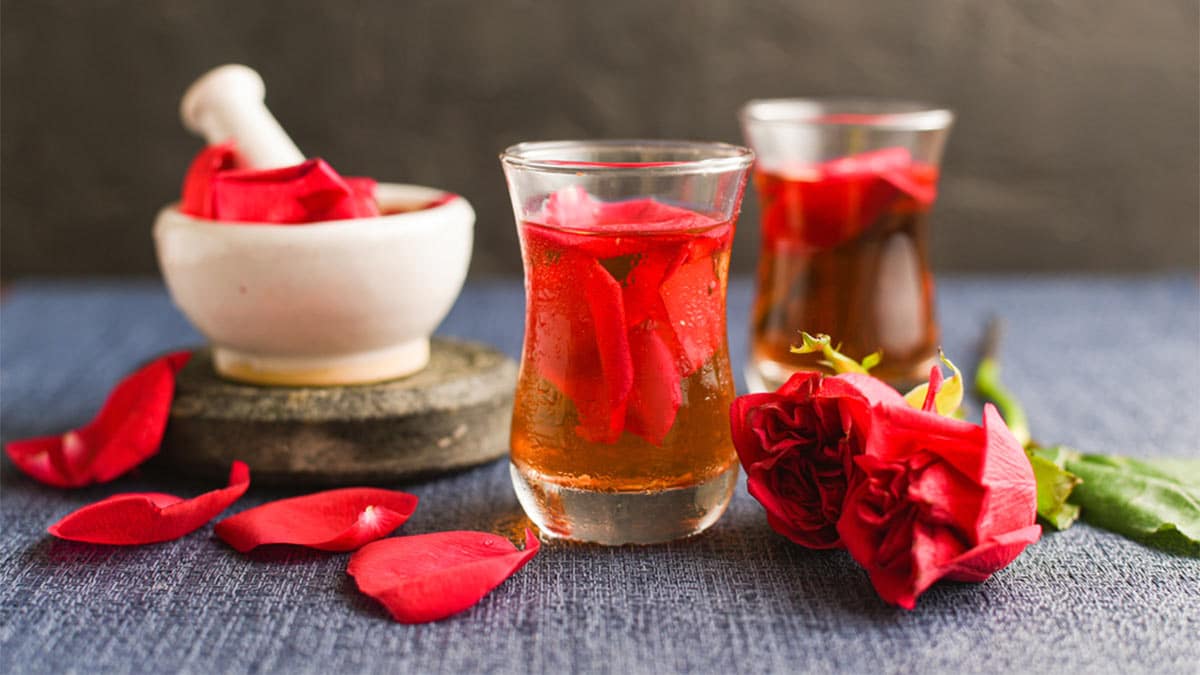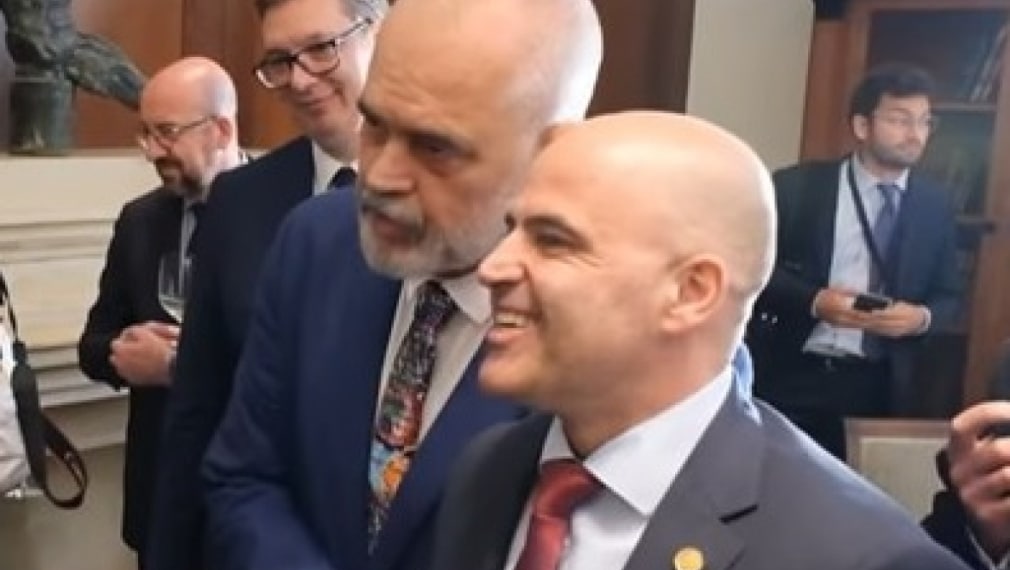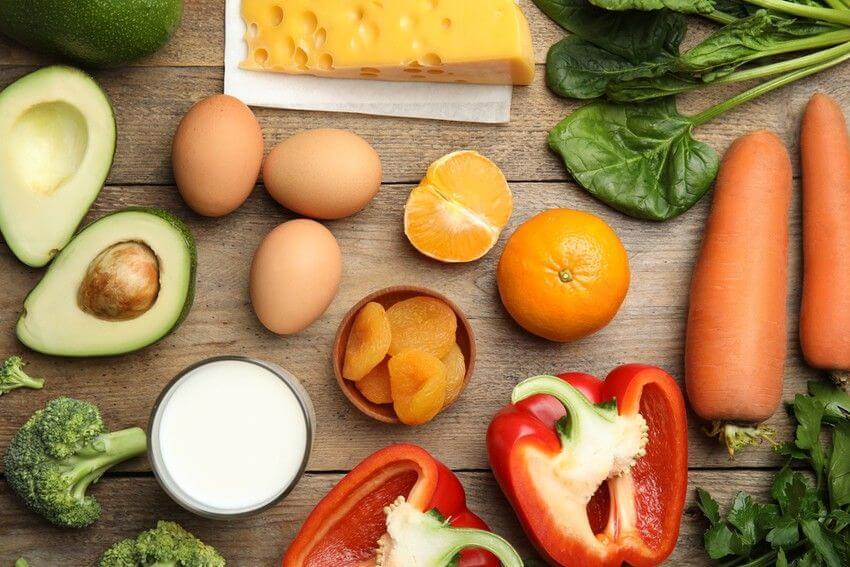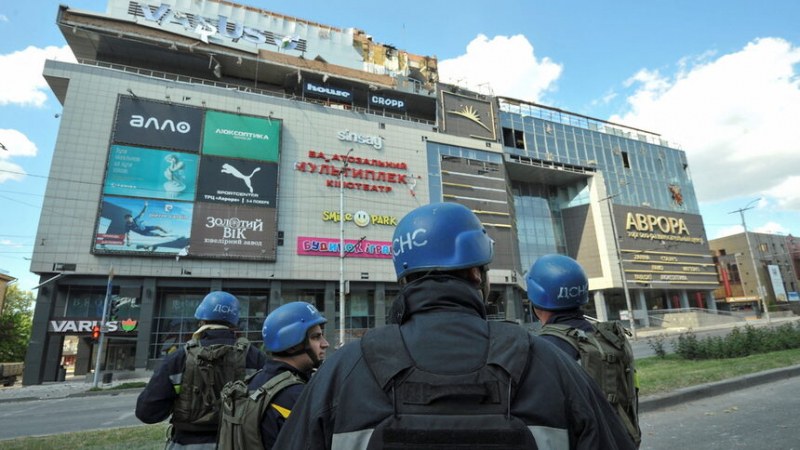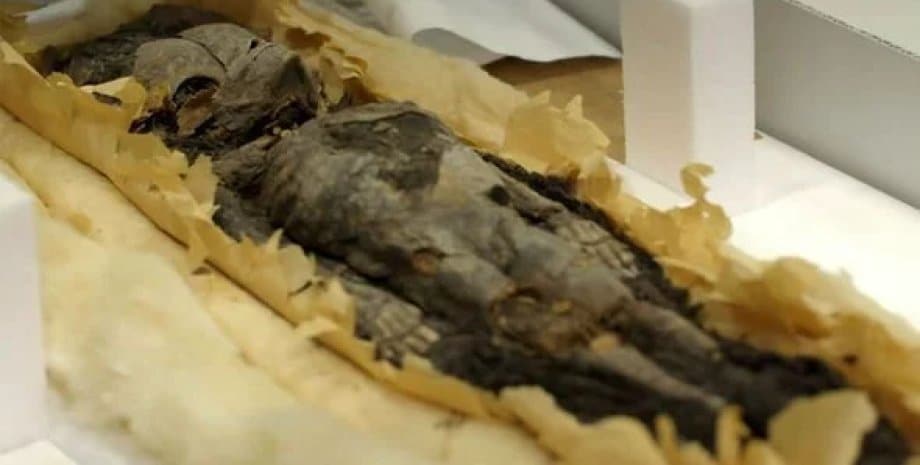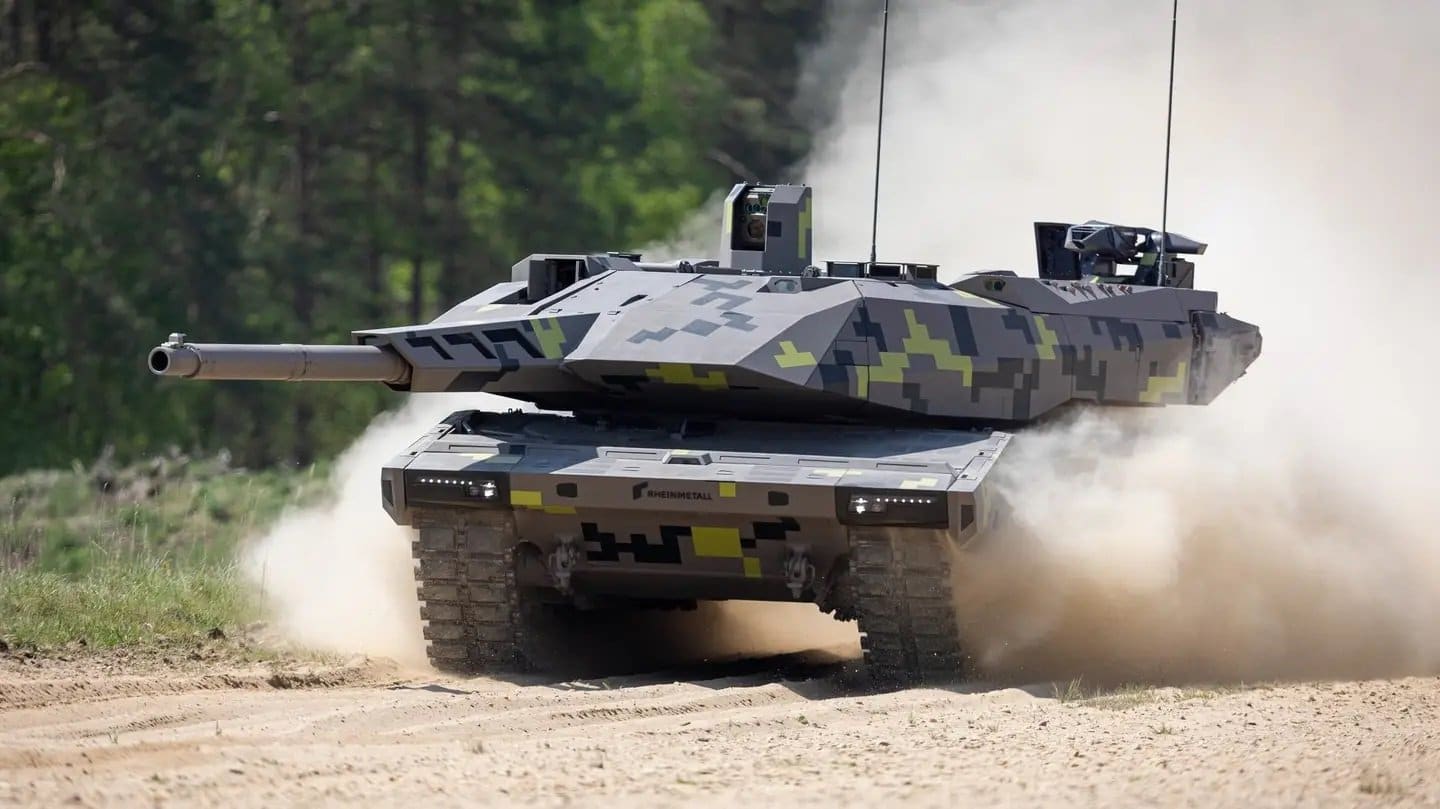Rose flowers are edible. Rose petals are good to use in cooking – they are loved by chefs and pastry chefs. For cooking and drinks, you can use rose water, petal jam, various syrups and tinctures. Also, the petals of these flowers can be added to various dishes or candied.
Which roses to choose for use in cooking
Damask roses are well suited for rose water. Garden roses (wrinkled rose hybrids) are traditionally used for desserts. But it should be borne in mind that red and white roses often have a very weak taste and aroma, it is better to choose yellow and pink ones for adding to dishes.
Petals are harvested early in the morning, as soon as the flowers have blossomed. Be sure to cut off the white part at the bottom of each petal – it has a bitter taste.
What to cook with rose petals
In the East, rose petals are put in a mixture of spices along with cinnamon, cloves, cumin, turmeric, pepper, coriander. This is a good option, for example, for marinades for traditional grilled poultry dishes.
In Europe, rose petals are added to salads and to many dishes served with tea or for dessert. These are rose petal jam, almond biscuits or semolina puddings and other desserts. Homemade lemonade from rose petals and cucumbers is also very tasty and fragrant.
Dried rose petals can be added to tea or flavored with sugar. You can also put them in a sweet mixture of muesli with berries and honey.
If you want your baked goods to have a rose flavor, add some rose water or essence to your biscuit mix, pudding, or custard.
How to make candied rose petals
Candied rose petals can be consumed on their own, like candied fruits. Or decorate them with dessert or ice cream. It is very easy to prepare them. Lubricate each petal with beaten egg white, then dip in finely ground sugar. Then lay out the rose petals on waxed paper and leave until they harden.
Roses usually bloom for a week or two. However, there are some varieties that have a much longer flowering period.



